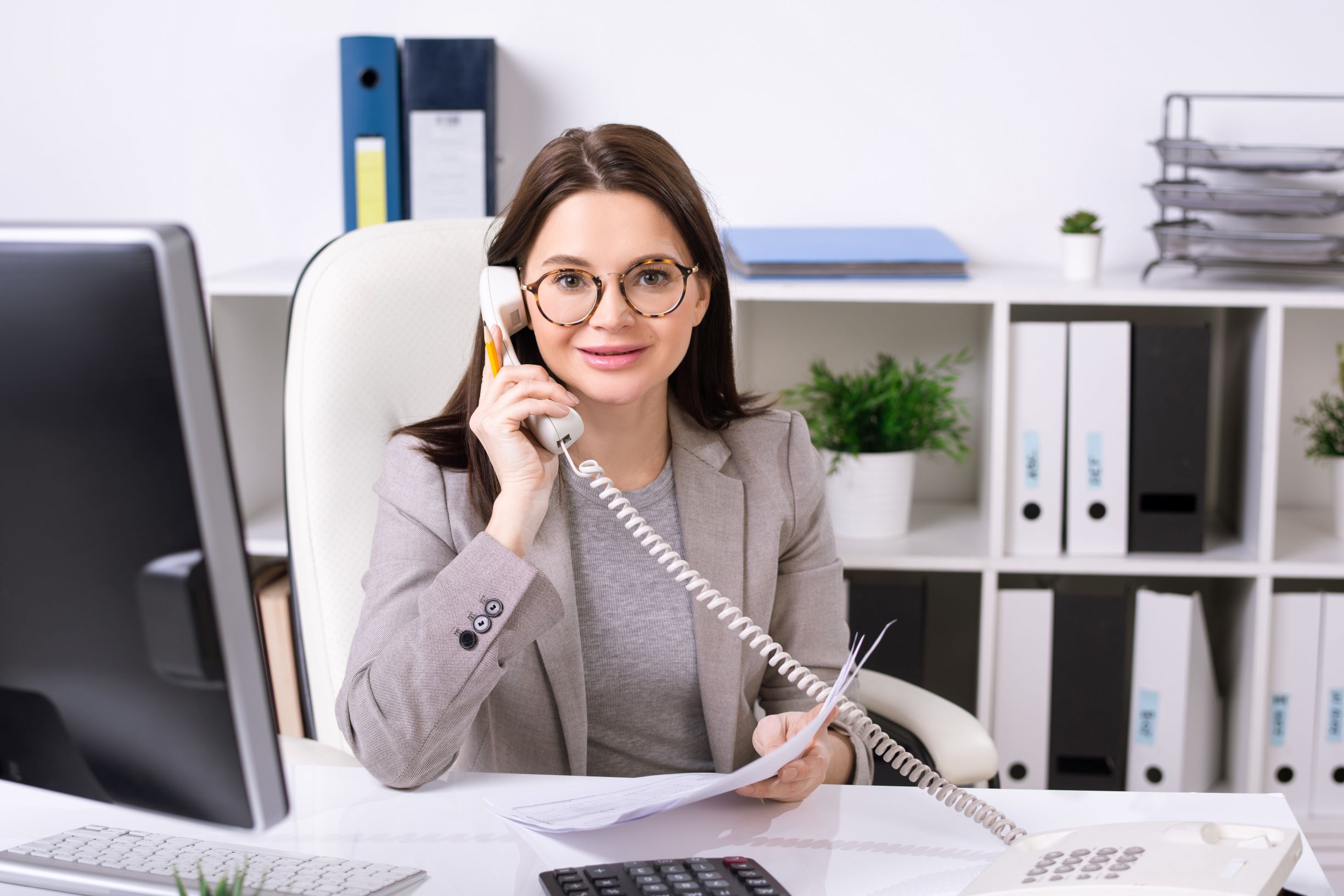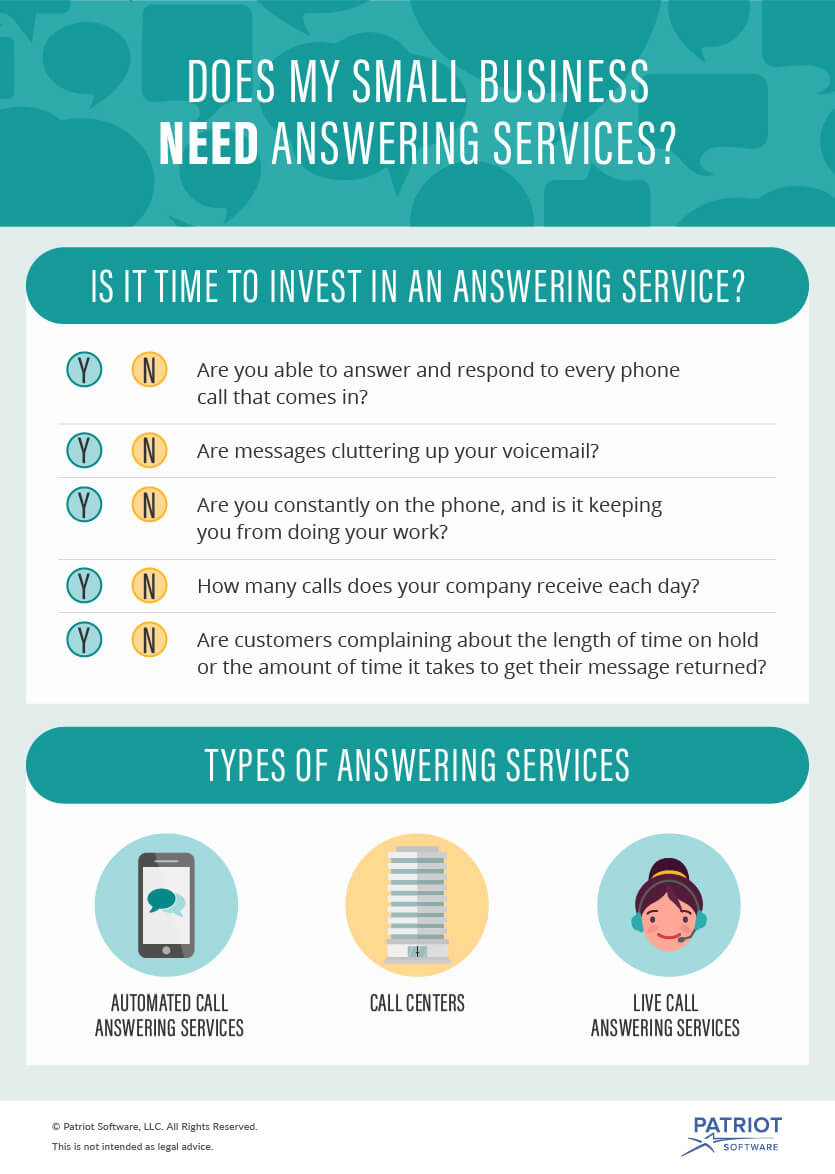All Categories
Featured
Table of Contents
- – What Is The Best 12 Best Telephone Answering Se...
- – What Is The Best What Is The Difference Betwee...
- – What Is The Best Telephone Answering Service S...
- – What Is The Best Phone Answering Services Out...
- – What Is The Best What Is An Answering Service...
- – Which Brand Of What Is An Answering Service?...
What Is The Best 12 Best Telephone Answering Service For Businesses In ... For The Price
This gadget and its followers were developed by Sava Jacobson, an electrical engineer with a personal consulting service. While early answering machines utilized magnetic tape innovation, a lot of modern equipment uses strong state memory storage; some devices use a mix of both, with a solid-state circuit for the outgoing message and a cassette for the inbound messages.
"toll conserving" listed below) (business answering service). This works if the owner is screening calls and does not wish to talk to all callers. In any case after going, the calling party must be notified about the call having been addressed (for the most part this begins the charging), either by some remark of the operator, or by some welcoming message of the little, or dealt with to non-human callers (e.
This holds especially for the Littles with digitally saved greeting messages or for earlier machines (prior to the rise of microcassettes) with a special unlimited loop tape, different from a second cassette, devoted to recording. There have been answer-only devices with no recording capabilities, where the greeting message needed to notify callers of a state of present unattainability, or e (phone answering service).
What Is The Best What Is The Difference Between An Answering Service And ... Company

about schedule hours. In recording Little bits the welcoming generally includes an invitation to leave a message "after the beep". A voice mail that uses a microcassette to tape messages On a dual-cassette answerphone, there is an outbound cassette, which after the defined number of rings plays a pre-recorded message to the caller.

Single-cassette answering devices consist of the outgoing message at the start of the tape and inbound messages on the remaining space. They initially play the announcement, then fast-forward to the next offered space for recording, then record the caller's message. If there are numerous previous messages, fast-forwarding through them can trigger a considerable delay.
This beep is often referred to in the greeting message, requesting that the caller leave a message "after the beep". Littles with digital storage for the tape-recorded messages do not show this hold-up, naturally. A little bit may provide a push-button control center, whereby the answerphone owner can ring the house number and, by entering a code on the remote telephone's keypad, can listen to tape-recorded messages, or erase them, even when far from house.
What Is The Best Telephone Answering Service Sydney - Virtual Office Sydney Available

Therefore the maker increases the variety of rings after which it responds to the call (normally by 2, leading to four rings), if no unread messages are presently saved, but responses after the set variety of rings (generally 2) if there are unread messages. This enables the owner to learn whether there are messages waiting; if there are none, the owner can hang up the phone on the, e.
Some machines likewise allow themselves to be from another location triggered, if they have been turned off, by calling and letting the phone ring a specific big number of times (normally 10-15). Some service suppliers abandon calls currently after a smaller sized variety of rings, making remote activation difficult. In the early days of Littles an unique transmitter for DTMF tones (dual-tone multi-frequency signalling) was regionally required for remote control, considering that the formerly employed pulse dialling is not apt to convey appropriate signalling along an active connection, and the dual-tone multi-frequency signalling was carried out step-by-step.
Any inbound call is not identifiable with regard to these residential or commercial properties in advance of going "off hook" by the terminal equipment. So after going off hook the calls need to be switched to appropriate gadgets and only the voice-type is right away accessible to a human, however perhaps, nevertheless should be routed to a LITTLE (e.
What Is The Best Phone Answering Services Out Today
What if I told you that you do not need to really choose up your device when addressing a consumer call? Somebody else will. So hassle-free, best? Answering telephone call doesn't need somebody to be on the other end of the line. Efficient automated phone systems can do the technique just as effectively as a live representative and often even better.
An automatic answering service or interactive voice response system is a phone system that communicates with callers without a live individual on the line - business call answering service. When business use this innovation, customers can get the answer to a question about your company merely by utilizing interactions set up on a pre-programmed call flow.
Although live operators update the customer support experience, lots of calls do not require human interaction. An easy taped message or instructions on how a customer can retrieve a piece of info typically resolves a caller's immediate need - virtual call answering service. Automated answering services are an easy and efficient method to direct incoming calls to the right person.
What Is The Best What Is An Answering Service? To Buy Right Now?
Notice that when you call a company, either for assistance or product questions, the very first thing you will hear is a pre-recorded voice welcoming and a series of options like press 1 for customer support, press 2 for questions, and so on. The pre-recorded choices branch out to other choices depending upon the client's choice.
The phone tree system assists direct callers to the right person or department utilizing the keypad on a mobile phone. In some circumstances, callers can use their voices. It deserves keeping in mind that auto-attendant choices aren't limited to the 10 numbers on a phone's keypad. Once the caller has actually selected their first alternative, you can develop a multi-level auto-attendant that uses sub-menus to direct the caller to the right kind of help.
The caller does not need to communicate with a person if the auto-attendant phone system can handle their concern. The automatic service can path callers to a worker if they reach a "dead end" and need help from a live representative. It is expensive to work with an operator or executive assistant.
Which Brand Of What Is An Answering Service? Is The Best?
Automated answering services, on the other hand, are substantially cheaper and offer significant expense savings at an average of $200-$420/month. Even if you do not have actually committed personnel to handle call routing and management, an automatic answering service enhances productivity by enabling your group to concentrate on their strengths so they can more effectively spend their time on the phone.
A sales lead routed to customer support is a lost shot. If a customer who has item questions reaches the wrong department or receives insufficient answers from well-meaning employees who are less trained to manage a particular type of question, it can be a reason for frustration and frustration. An automated answering system can reduce the number of misrouted calls, thus helping your employees make much better usage of their phone time while releasing up time in their calendar for other tasks.
With Automated Answering Systems, you can develop a personalized experience for both your staff and your callers. Make a recording of your main welcoming, and merely upgrade it frequently to reflect what is going on in your organization. You can create as numerous departments or menu choices as you want.
Table of Contents
- – What Is The Best 12 Best Telephone Answering Se...
- – What Is The Best What Is The Difference Betwee...
- – What Is The Best Telephone Answering Service S...
- – What Is The Best Phone Answering Services Out...
- – What Is The Best What Is An Answering Service...
- – Which Brand Of What Is An Answering Service?...
Latest Posts
Exceptional Professional Answering Service
Top Live Receptionist Service Near Me – Australia
High-Growth Remote Reception Service
More
Latest Posts
Exceptional Professional Answering Service
Top Live Receptionist Service Near Me – Australia
High-Growth Remote Reception Service